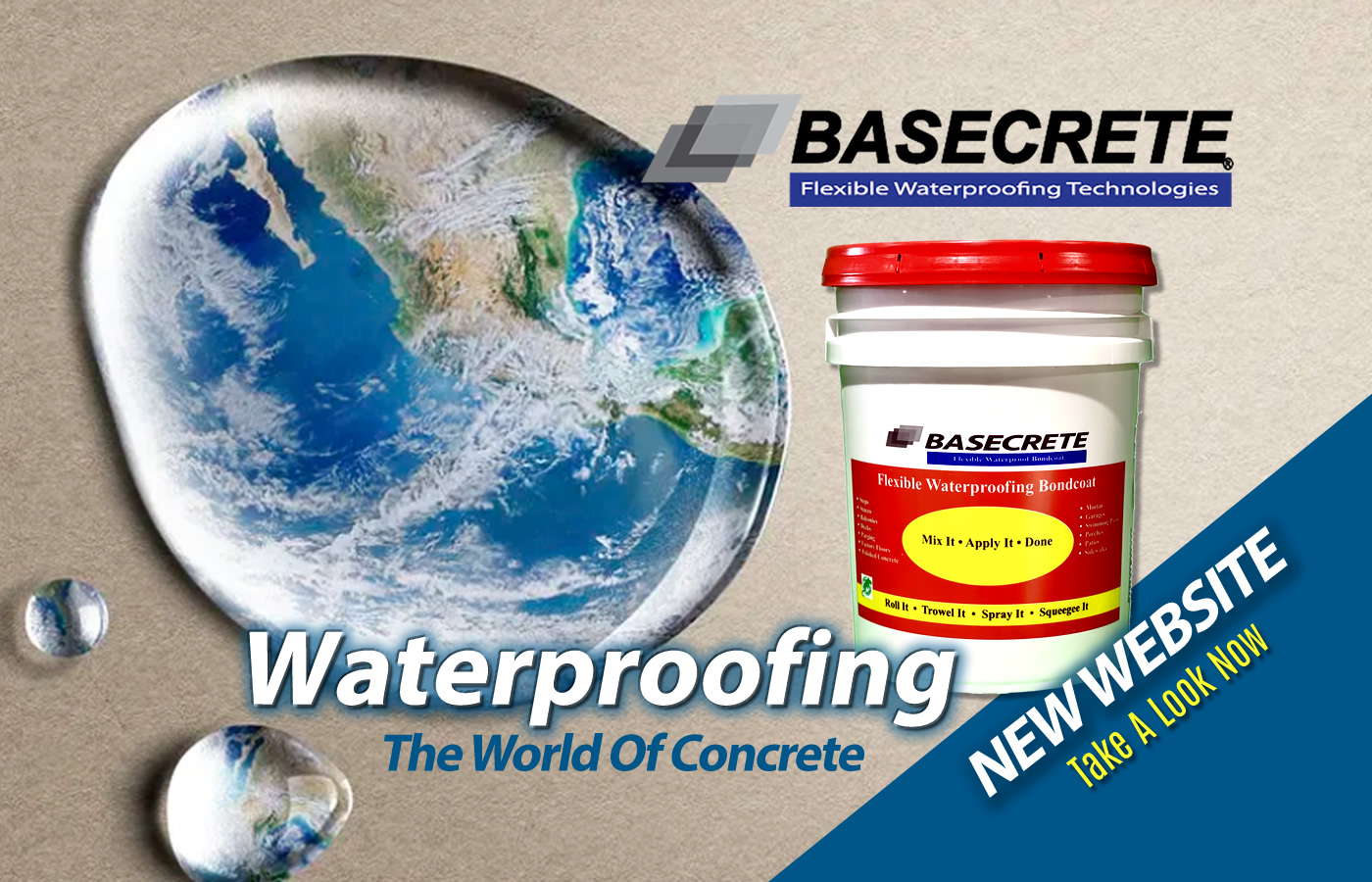Hi,
I'm currently having my modified pool bond beam converted to a "normal" bond beam. I've discovered that there is a cold joint between the high strength concrete that they used for the build up and the original pool shell. The way I can tell is because when I hydrate the new concrete, water ponds behind it and leaks under it into the pool. Hopefully, the photos will help to explain what is happening. Thank you so much to anyone who can help. I am way in over my head on this.
I'm currently having my modified pool bond beam converted to a "normal" bond beam. I've discovered that there is a cold joint between the high strength concrete that they used for the build up and the original pool shell. The way I can tell is because when I hydrate the new concrete, water ponds behind it and leaks under it into the pool. Hopefully, the photos will help to explain what is happening. Thank you so much to anyone who can help. I am way in over my head on this.





